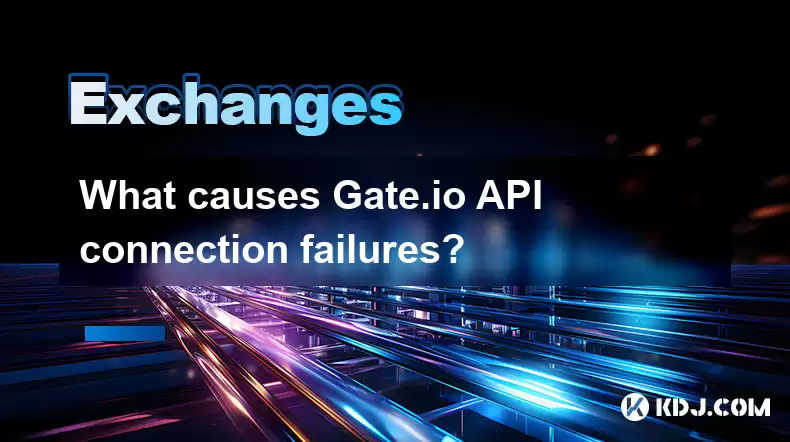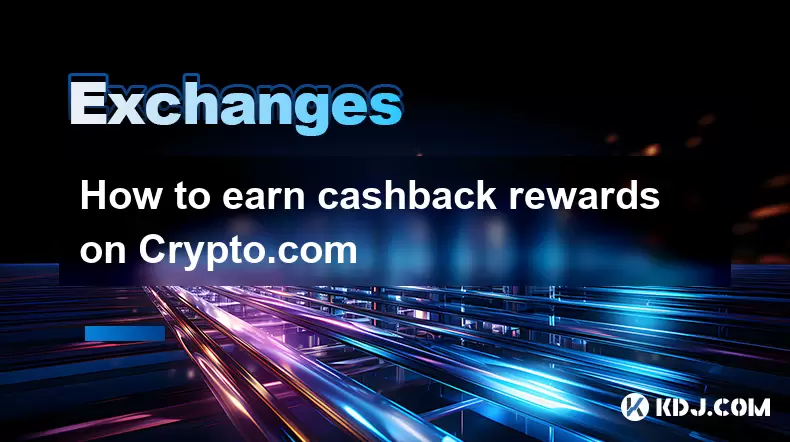-
 Bitcoin
Bitcoin $118900
-2.33% -
 Ethereum
Ethereum $4288
-0.13% -
 XRP
XRP $3.151
-3.21% -
 Tether USDt
Tether USDt $1.000
0.02% -
 BNB
BNB $809.5
-1.17% -
 Solana
Solana $175.7
-4.75% -
 USDC
USDC $0.0000
0.01% -
 Dogecoin
Dogecoin $0.2246
-5.75% -
 TRON
TRON $0.3473
2.19% -
 Cardano
Cardano $0.7809
-5.18% -
 Chainlink
Chainlink $21.38
-3.48% -
 Hyperliquid
Hyperliquid $43.29
-5.53% -
 Stellar
Stellar $0.4375
-3.21% -
 Sui
Sui $3.685
-6.68% -
 Bitcoin Cash
Bitcoin Cash $595.2
3.50% -
 Hedera
Hedera $0.2483
-6.60% -
 Ethena USDe
Ethena USDe $1.001
-0.01% -
 Avalanche
Avalanche $23.03
-5.28% -
 Litecoin
Litecoin $119.5
-5.02% -
 Toncoin
Toncoin $3.395
-0.07% -
 UNUS SED LEO
UNUS SED LEO $9.007
-1.19% -
 Shiba Inu
Shiba Inu $0.00001304
-5.44% -
 Uniswap
Uniswap $11.35
1.57% -
 Polkadot
Polkadot $3.898
-5.43% -
 Cronos
Cronos $0.1671
-0.16% -
 Ethena
Ethena $0.8121
-2.45% -
 Dai
Dai $1.000
0.02% -
 Bitget Token
Bitget Token $4.412
-1.73% -
 Monero
Monero $264.0
-0.64% -
 Pepe
Pepe $0.00001128
-8.12%
What causes Gate.io API connection failures?
Gate.io API connection failures stem from network issues (connectivity, firewalls, DNS), incorrect API keys or permissions, exceeding rate limits, server-side problems, authentication errors, or coding bugs. Thorough troubleshooting is key.
Mar 18, 2025 at 05:07 am

Key Points:
- Network Connectivity Issues: Poor internet connection, firewall restrictions, and DNS problems are common causes.
- API Key Issues: Incorrect API keys, insufficient permissions, or expired keys lead to connection failures.
- Rate Limiting: Exceeding Gate.io's API request limits triggers temporary connection blocks.
- Server-Side Issues: Gate.io's platform maintenance or outages can disrupt API access.
- Authentication Errors: Incorrect authentication methods or missing required parameters cause failures.
- Code Errors: Bugs in your API request code can prevent successful connection.
What Causes Gate.io API Connection Failures?
Connecting to the Gate.io API is crucial for automated trading and data retrieval. However, various factors can disrupt this connection. Understanding these causes is essential for troubleshooting and maintaining a stable connection.
1. Network Connectivity Problems:
A stable internet connection is fundamental. Poor internet connectivity, including slow speeds or intermittent outages, directly impacts API access. Furthermore, firewalls or corporate network security measures might block outgoing connections to Gate.io's servers. Incorrect DNS settings can also prevent your system from locating the correct server address.
- Check your internet connection.
- Temporarily disable firewalls or contact your IT department.
- Verify your DNS settings are accurate.
2. API Key Issues:
Your API keys are your credentials for accessing the Gate.io API. Using incorrect keys, keys with insufficient permissions, or expired keys will result in connection failures. Gate.io's API documentation clearly outlines the necessary permissions for various actions. Ensure your keys have the required access. Always securely store your API keys and never share them publicly.
- Double-check the accuracy of your API key and secret.
- Verify your API key has the necessary permissions.
- Check the expiration date of your API key. Regenerate if needed.
3. Rate Limiting:
Gate.io, like most exchanges, implements rate limiting to prevent abuse and maintain system stability. Making too many API requests within a short period can trigger temporary connection blocks. Understanding and adhering to Gate.io's rate limits is vital for consistent API access. Their documentation specifies the allowed request frequency.
- Review Gate.io's API rate limits.
- Implement delays in your code to avoid exceeding limits.
- Consider using asynchronous requests to manage multiple calls efficiently.
4. Gate.io Server-Side Issues:
Occasional server-side issues, including planned maintenance or unexpected outages, can disrupt API access. These issues are beyond your control, but monitoring Gate.io's status page can help you anticipate potential disruptions. Patience is key when facing server-side problems. Regularly check for updates or announcements.
- Check the Gate.io status page for reported outages or maintenance.
- Wait for the issue to be resolved by Gate.io.
- Consider implementing error handling and retry mechanisms in your code.
5. Authentication Errors:
Incorrect authentication methods or missing required parameters in your API requests will lead to connection failures. Gate.io's API documentation details the required authentication headers and parameters for each endpoint. Pay close attention to the required formatting and data types.
- Carefully review Gate.io's API documentation for authentication requirements.
- Ensure all required headers and parameters are included in your requests.
- Double-check the formatting and data types of your request parameters.
6. Code Errors:
Errors in your API request code, such as incorrect URLs, typos in parameters, or logic flaws, can prevent a successful connection. Thorough testing and debugging are crucial to identify and fix these errors. Using a debugging tool can help pinpoint the exact location of the problem.
- Carefully review your API request code for any errors.
- Use a debugger to identify and fix any errors in your code.
- Test your API requests thoroughly before deploying them.
Common Questions:
Q: My API key is correct, but I still get connection errors. What should I do?
A: Check your network connectivity, ensure you're not exceeding rate limits, and verify Gate.io's servers are online. Examine your code for errors and ensure correct authentication.
Q: How can I find Gate.io's API rate limits?
A: Consult the official Gate.io API documentation. It specifies the allowed requests per second or minute for different endpoints.
Q: What should I do if Gate.io's servers are down?
A: Monitor the Gate.io status page for updates and wait for the service to be restored. Implement error handling in your code to gracefully handle outages.
Q: My API requests are timing out. What could be the cause?
A: This could be due to network latency, server-side issues at Gate.io, or inefficient code that takes too long to execute. Check your network connection and examine your code for potential bottlenecks.
Q: How can I prevent future API connection failures?
A: Implement robust error handling and retry mechanisms in your code. Monitor Gate.io's status page, adhere to their rate limits, and regularly test your API connections. Ensure your API keys are secure and properly configured.
Disclaimer:info@kdj.com
The information provided is not trading advice. kdj.com does not assume any responsibility for any investments made based on the information provided in this article. Cryptocurrencies are highly volatile and it is highly recommended that you invest with caution after thorough research!
If you believe that the content used on this website infringes your copyright, please contact us immediately (info@kdj.com) and we will delete it promptly.
- Dogecoin, Presale, Surge: Riding the Meme Coin Wave
- 2025-08-12 11:10:12
- Dogecoin, Tron, and the ROI Reality Check: What's a Crypto Investor to Do?
- 2025-08-12 11:15:12
- Ethereum Layer-2 Scaling Competition Heats Up as ETH Breaks $4K
- 2025-08-12 10:30:12
- China Regulation, Stablecoins, and BNB Presale: Navigating the Crypto Landscape
- 2025-08-12 11:30:12
- Meme Coins, Investment, and Token Burns: What's Hot in 2025?
- 2025-08-12 10:30:12
- BlockDAG, Chainlink, Hedera: The Cryptos Enterprises are Eyeing
- 2025-08-12 09:30:12
Related knowledge

How to use margin trading on Poloniex
Aug 08,2025 at 09:50am
Understanding Margin Trading on Poloniex

How to read the order book on KuCoin
Aug 10,2025 at 03:21pm
Understanding the Order Book Interface on KuCoinWhen accessing the order book on KuCoin, users are presented with a real-time display of buy and sell ...

How to read the order book on KuCoin
Aug 12,2025 at 02:28am
Understanding the Basics of Staking in CryptocurrencyStaking is a fundamental concept in the world of blockchain and cryptocurrencies, particularly wi...

How to set price alerts on Kraken
Aug 11,2025 at 08:49pm
Understanding Price Alerts on KrakenPrice alerts on Kraken are tools that allow traders to monitor specific cryptocurrency pairs for price movements. ...

How to earn cashback rewards on Crypto.com
Aug 12,2025 at 02:08am
Understanding Cashback Rewards on Crypto.comCashback rewards on Crypto.com are a feature designed to incentivize users to spend using their Crypto.com...

How to use advanced trading on Gemini
Aug 08,2025 at 04:07am
Understanding Advanced Trading on GeminiAdvanced trading on Gemini refers to a suite of tools and order types designed for experienced traders who wan...

How to use margin trading on Poloniex
Aug 08,2025 at 09:50am
Understanding Margin Trading on Poloniex

How to read the order book on KuCoin
Aug 10,2025 at 03:21pm
Understanding the Order Book Interface on KuCoinWhen accessing the order book on KuCoin, users are presented with a real-time display of buy and sell ...

How to read the order book on KuCoin
Aug 12,2025 at 02:28am
Understanding the Basics of Staking in CryptocurrencyStaking is a fundamental concept in the world of blockchain and cryptocurrencies, particularly wi...

How to set price alerts on Kraken
Aug 11,2025 at 08:49pm
Understanding Price Alerts on KrakenPrice alerts on Kraken are tools that allow traders to monitor specific cryptocurrency pairs for price movements. ...

How to earn cashback rewards on Crypto.com
Aug 12,2025 at 02:08am
Understanding Cashback Rewards on Crypto.comCashback rewards on Crypto.com are a feature designed to incentivize users to spend using their Crypto.com...

How to use advanced trading on Gemini
Aug 08,2025 at 04:07am
Understanding Advanced Trading on GeminiAdvanced trading on Gemini refers to a suite of tools and order types designed for experienced traders who wan...
See all articles

























































































